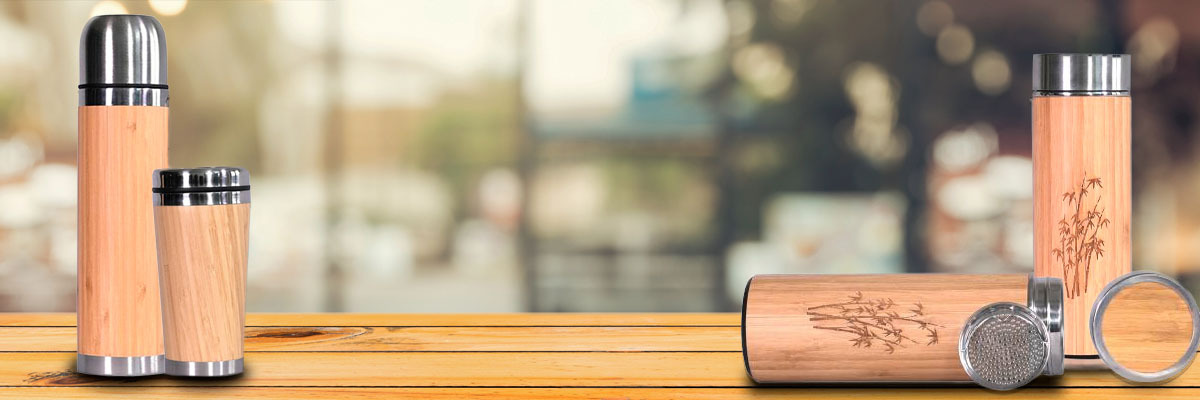Now pervading all aspects of our lives, the first fully synthetic plastic was first invented in 1907 by Belgian chemist Leo Baekeland who was also a clever marketeer. He beat James Swinburne to the patent office by one day!
Leo Baekeland changed the way our entire society functioned by his single invention. There was a boom because the plastic was inexpensive yet highly desirable. Another reason why it boomed was because it can be mass produced. Plastic is strong and heat resistant. No wonder it brought such a change in the functioning of the world.
These properties that made the plastic an incredible material to begin with, gradually turned hazardous. Now, plastic pollution can be found everywhere, from Mount Everest to the deepest point in the sea. In 2017 alone, the world produced 8.3 billion metric tons of plastic. With the increase in the population and demand for plastic, these numbers are scaling up.
The first oceanographic study done in 2014 revealed that at the minimum 5.25 trillion individual plastic particles which weighed around 2,44,000 metric tonnes were found floating on or near the surface of the oceans. These plastics break down into smaller particles which are known as microplastics. This, in turn, gets consumed by fishes and other marine animals involuntarily. It results in the death of these poor aquatic animals. In 2018, it was discovered that more than 114 aquatic species carried microplastics in their organs!
Apart from that, we also pollute the groundwater and the surface water found in rivers, lakes, streams, reservoirs, etc. It is crucial to know and remember that we consume this water! The water that we consume comes from this surface water. Hence, we are not only harming these innocent creatures but also hurting ourselves. You’d be surprised to know that microplastics are also found in tap water.
Plastic, without even being literally littered, also causes a lot of pollution. Compounds that are used in the manufacturing of plastics get released in the air and the water. In addition to that, we drink water stored in plastic bottles. This means that we are drinking water wherein a lot of chemicals have been released. According to The Guardian, the number of bottles sold every minute in the whole world has crossed one million. This means that every second passing by sells 20,000 bottles. Isn’t it tough to wrap your head around it?
What’s worse is how these bottles are manufactured. Plastic bottles are made through non-renewable resources like petroleum, oil, etc. Not only these are vanishing super fast but also the drilling of these raw materials causes disbalance in the ecosystem and disturbs our land, especially soil. It’d be shocking to know that from the second raw materials are processed to convert into plastic, they release carbon dioxide. In 2015 itself, the emissions of CO2 from manufacturing plastic was nearly equal to 1.8 billion metric tons.
From beginning to end, plastic products remain unsustainable. The percentage of the plastic never gets recycled is 91. And the ones that get recycled are of cheaper quality. This means that there comes a time when these plastics can no longer be recycled. The ones that find their way to landfills take around more than 1000 years to break down into tiny microplastics. What’s more is that these plastics leeches toxins into our environment while breaking down, harming our soil, water and air.
The effects of the presence of microplastics in our soil is to be considered a major source of concern. Its presence has led to decline of species present below the ground such as larvae, mites and other tiny creatures that help maintain the fertility of the soil. These microplastics release chemicals in the groundwater and also affect the plantation which ultimately leads to causing us harm. It is found to be responsible for developmental, reproductive and immune system disorders in both humans and wildlife.
Waste from plastics found lying on our land often gets consumed by innocent hunger driven animals. Oftentimes, they get entangled in plastic bags which chokes them to death. Issues caused by the usage of plastics are significant.
Shifting from plastic bottles to copper bottles is not helpful either. Although drinking from copper bottles is a new, emerging trend, it is not really beneficial and may have adverse effects on your health.
Long term exposure to copper may lead to copper toxicity. Our body only requires a certain amount of copper and if you consume beyond that, you’ll find yourself suffering from diarrhoea, abdominal pain, nausea and vomiting. Sometimes, it may also lead to liver damage and kidney failure in the long run. Babies and young children are especially prone to it.
Some people also use copper utensils to cook their meals. However, they might not be mindful of the quantity of copper that they are consuming. Our body can only process a small amount of copper. Also, not all food goes well with copper. For example, you cannot use copper for buttermilk, milk based products, lemonade, sour consumables and more. This is because copper reacts to minerals and vitamins present in these foods and can cause food poisoning.
And in the case of bottles, what happens is any dirt that’s left inside the wall of the bottle might react with the copper. It may lead to oxidation of the metal or the bottle might turn blackish from the inside. Consuming water from such bottles is no longer safe.
If you are wondering what you can do instead of buying plastic bottles of water, you can buy bottles made up from bamboo. Not only are these bamboo bottles aesthetically pleasing but also help the water remain cool. The best part about these bottles is that they are eco friendly and biodegradable. Apart from that, they have incredibly high antibacterial properties. These bamboo bottles are also filled with antioxidants, making these bottles the best alternative to use. Surprisingly, these bottles also have anti-aging properties. These properties in the bamboo bottles makes it perfect to fight stress, pollution, reduce wrinkles and fine lines and also, prevents bacterial diseases.
So, bamboo bottles are emerging more and more right now and are given preference over plastic and copper bottles. Unlike plastic bottles and copper bottles, these bamboo bottles are not only friendlier to our environment but also healthier for ourselves.
Related: If you are searching for environmentally friendly substitute for plastic bags, you should check out our Hemp Backpacks. It’d be interesting to note that these Hemp Backpacks are so much more eco friendlier than Cotton Tote bags.
If you are looking to buy some amazingly pretty bamboo bottles, you should have a look at these bottles prepared by underprivileged rural people. We promise to not disappoint you. Not only are these bottles beneficial for you, it also looks smart. Other than that, by buying these bottles, you are not only helping yourself and the environment but also helping these people make a living. So, why not, at the least, check them out?













